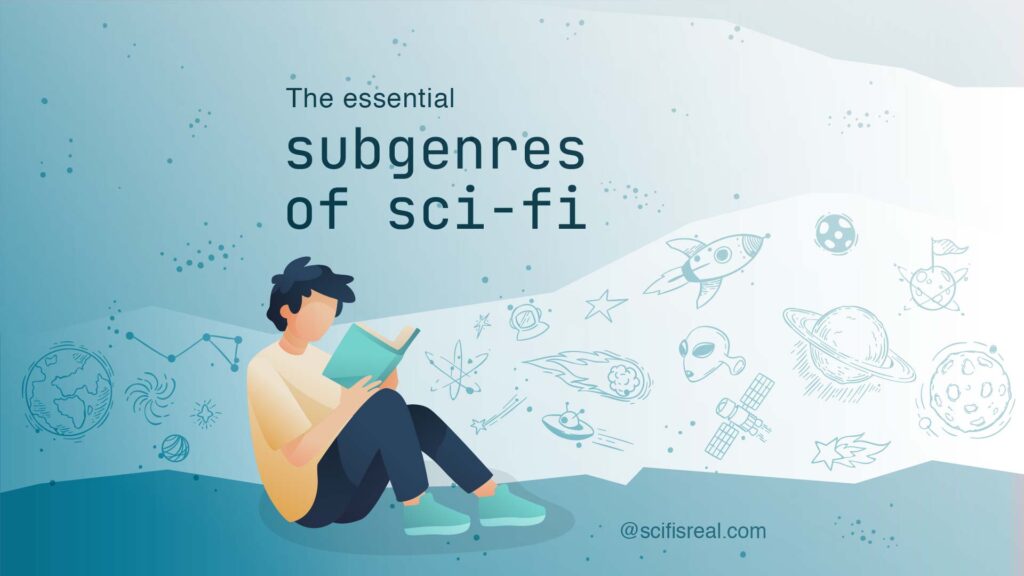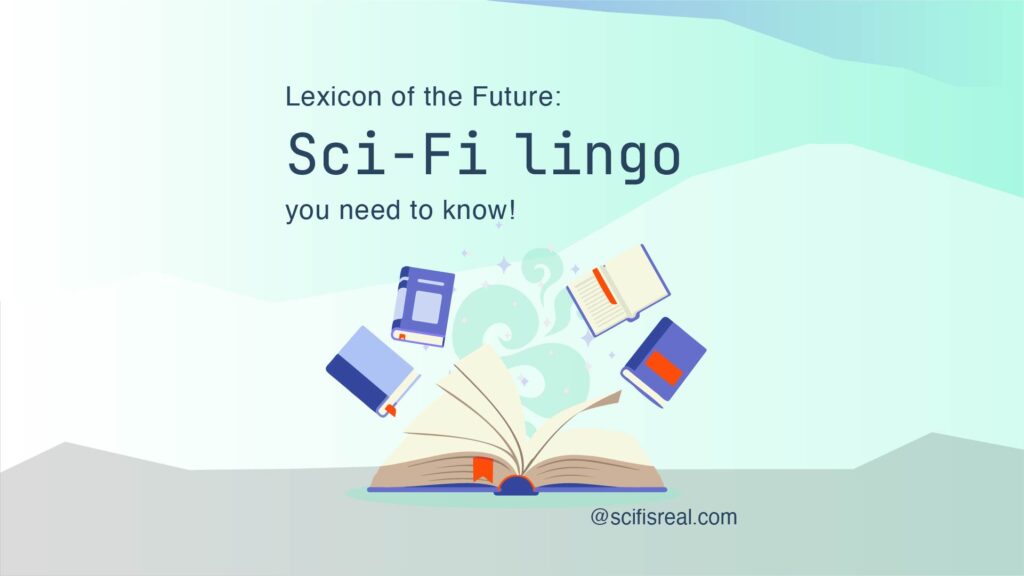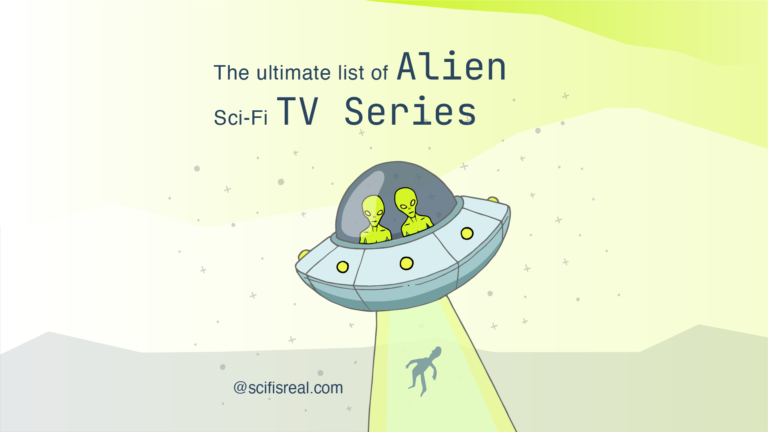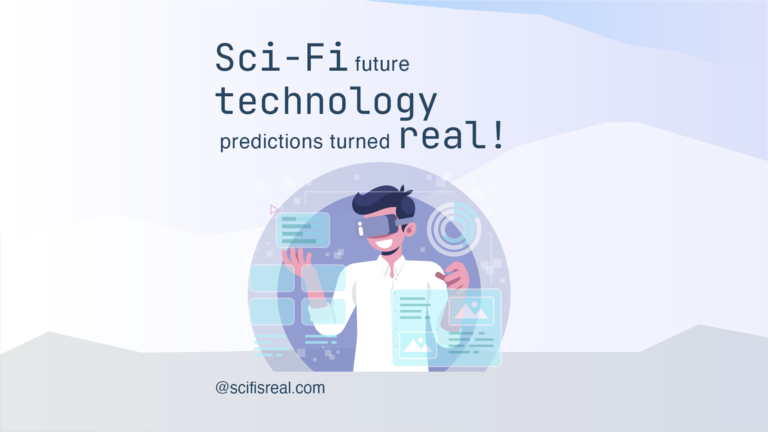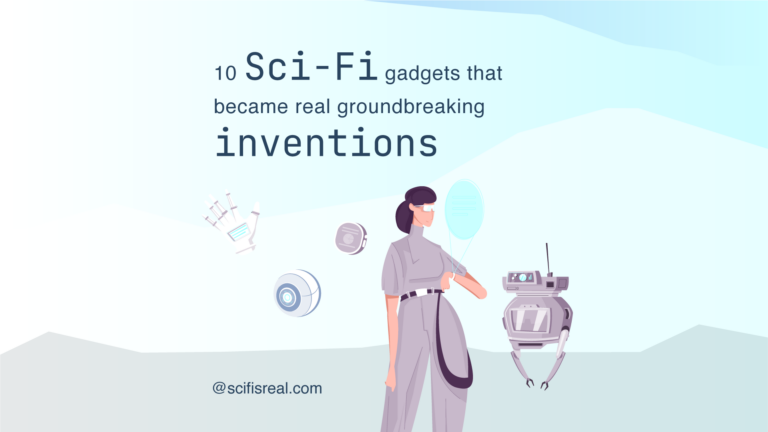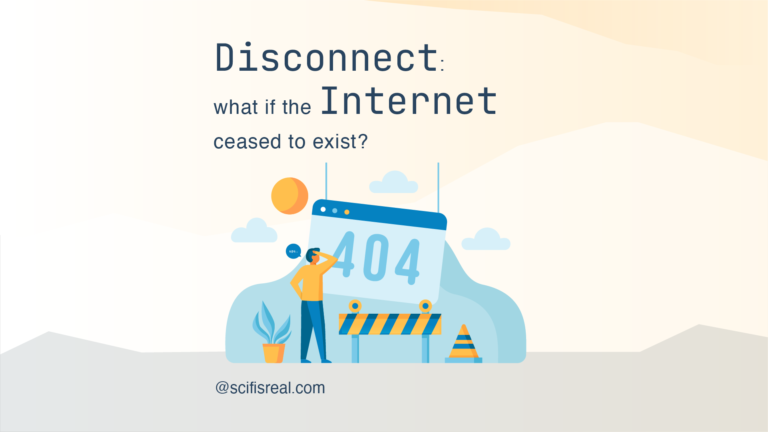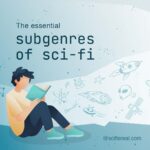Science Fantasy: when Science Fiction and Fantasy merge
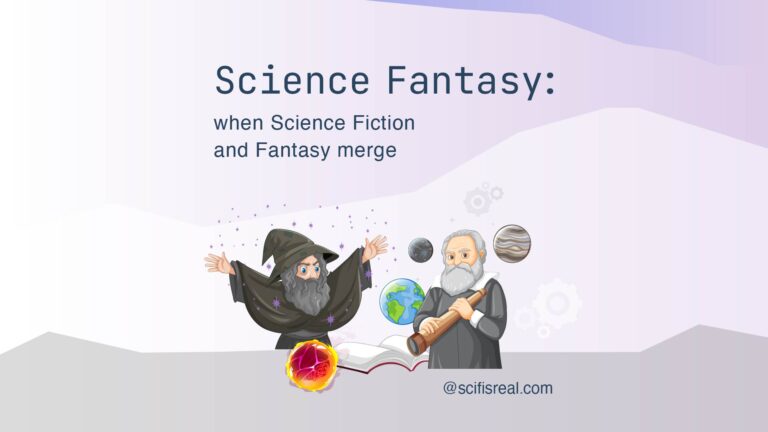
When Science Fiction and Fantasy merge in the dynamic meeting ground of Science Fantasy, the boundaries of science and the magic of the fantastical blur into a realm of endless possibilities. Advanced technology coexists with ancient sorcery, and heroes wield laser swords in enchanted forests in this merging of genres. As we explore the intriguing landscape of science fiction and fantasy’s harmonious convergence, imagination knows no bounds and the fantastical meets the futuristic.
Hardcore fans of either genre will assert that their chosen realm of speculative fiction reigns supreme, whether it’s the awe-inspiring landscapes of high fantasy or the mind-bending technologies of science fiction. However, when these two worlds collide in the domain of science fantasy, a unique and compelling fusion emerges, challenging even the staunchest loyalties. Science fantasy offers a tantalizing blend of advanced science and mystical elements, ushering readers into uncharted territories where the laws of physics share space with enchantments, and where spaceships traverse realms alongside dragons.
How does Science Fiction differ from Fantasy?
Science Fiction and Fantasy are two distinct genres of speculative fiction, and while they share some similarities, they differ in several key ways:
Sci-Fi vs Fantasy: Foundation in Reality
- Science Fiction: Science fiction is grounded in science or scientific principles. It often explores the potential consequences of advancements in technology, space exploration, or scientific concepts. It strives to be at least somewhat plausible within the bounds of known science.
- Fantasy: Fantasy, on the other hand, is not constrained by the laws of science. It often takes place in imaginary worlds with their own rules and laws, which can include magic, mythical creatures, and supernatural elements. Fantasy worlds do not adhere to the scientific understanding of reality.
Sci-Fi vs Fantasy: Setting
- Science Fiction: Science fiction typically takes place in the future or in an alternative version of the present or past. It may involve advanced technology, space travel, extraterrestrial life, and futuristic societies.
- Fantasy: Fantasy settings are often characterized by their fantastical, otherworldly nature. They can be set in medieval-like realms, magical lands, or entirely different universes with unique ecosystems and physics.
Sci-Fi vs Fantasy:Themes
- Science Fiction: Science fiction often explores themes related to science, technology, ethics, and societal implications of scientific advancements. It may delve into topics like artificial intelligence, space colonization, time travel, and the consequences of scientific experiments.
- Fantasy: Fantasy typically explores themes related to heroism, good versus evil, destiny, and the power of magic. It often draws on mythology, folklore, and archetypal characters and quests.
Sci-Fi vs Fantasy: Magic vs. Technology
- Science Fiction: In science fiction, any seemingly supernatural elements are often explained through advanced technology or scientific principles. There is usually an attempt to provide a logical or scientific basis for extraordinary events.
- Fantasy: Fantasy relies on magic, mythical creatures, and supernatural forces as fundamental elements of the narrative. These elements are typically not explained through science but are accepted as inherent to the fantasy world.
Sci-Fi vs Fantasy: Plausibility
- Science Fiction: While science fiction can involve speculative or futuristic concepts, it generally adheres to a sense of plausibility and strives to maintain internal consistency with known science.
- Fantasy: Fantasy does not need to conform to real-world plausibility and often revels in the imaginative and the impossible.
Sci-Fi vs Fantasy: Technology vs. Magic
- Science Fiction: Technology is a central theme in science fiction, often depicting advancements and their impact on society. It explores the potential benefits and risks of technological progress.
- Fantasy: Magic is a central element in fantasy, and it is often the source of conflict, power, or mystical abilities within the story.
⚡ In short
While science fiction and fantasy share the commonality of being speculative fiction genres, they differ in their approach to reality, setting, themes, and the use of technology or magic. Science fiction leans on scientific principles and futuristic technology, while fantasy embraces the magical and the fantastic in imaginary worlds.
What happens when Science Fiction and Fantasy merge
When science fiction and fantasy merge, it gives rise to a subgenre often referred to as “science fantasy” or “swords and science.” In this hybrid genre, elements of both science fiction and fantasy are combined, resulting in stories that incorporate futuristic technology, advanced science, and magical or fantastical elements. This merging of genres allows for unique and imaginative storytelling possibilities, and it blurs the lines between the two genres in various ways.
Characteristics of the science fantasy genre include:
- Techno-Magic: In science fantasy, advanced technology and scientific concepts can coexist with magic and the supernatural. This can lead to scenarios where characters use technology to manipulate or enhance magical abilities, or where science and magic are intertwined, making it challenging to distinguish between the two.
- Futuristic Fantasy Worlds: Science fantasy often takes place in futuristic or otherworldly settings that combine elements of advanced science and technology with magical or mythical creatures, realms, and phenomena. These worlds may be a fusion of high-tech cities and mystical landscapes.
- Interdimensional Travel: Stories in the science fantasy genre may explore interdimensional travel, where characters move between parallel universes or dimensions, encountering both scientific and magical phenomena in each dimension.
- Mythical Technology: Science fantasy sometimes features technology that is so advanced it appears magical. This can include advanced weaponry, spacecraft, and gadgets that have characteristics akin to magic items, such as sentient AI, teleportation devices, or time manipulation technology.
- Epic Quests with a Sci-Fi Twist: Science fantasy narratives often involve epic quests, hero’s journeys, and battles between good and evil, much like traditional fantasy. Additionally, these quests may involve the use of advanced weaponry, space travel, or the exploration of futuristic civilizations.
- Genre Subversion: Some science fantasy stories intentionally subvert genre expectations. For example, they might introduce a seemingly magical element that is later explained through advanced science, challenging the characters and the audience to discern between the two.
- Hybrid Characters: Characters in science fantasy can be hybrids themselves, possessing both scientific knowledge and magical abilities. They may grapple with the ethical and moral implications of wielding these dual powers.
- Cultural Mixing: Science fantasy worlds often reflect a blend of futuristic and traditional or mythical cultures, resulting in a rich tapestry of diverse societies, customs, and belief systems.
The most well known science fantasy genre examples
Notable examples of science fantasy genre include works like “Star Wars,” which combines space opera elements with the Force, a mystical energy field, and “The Dark Tower” series by Stephen King, which merges Western and fantasy elements with futuristic technology.
- “Star Wars” – George Lucas’s epic space opera is a quintessential example of science fantasy. It combines advanced technology, space travel, and futuristic settings with the mystical Force, lightsabers, and fantastical creatures.
- “Dune” – Frank Herbert’s “Dune” series is a science fantasy masterpiece set in a distant future where advanced technology is intertwined with a unique mystical element known as the spice melange, granting extraordinary powers.
- “The Dark Tower” Series – Stephen King’s magnum opus blends elements of Westerns, post-apocalyptic settings, and fantasy, where the protagonist, Roland Deschain, uses both gunslinging skills and supernatural abilities as he encounters a diverse array of characters, dimensions, and challenges, making it a hallmark of the science fantasy genre.
- “The Chronicles of Amber” – Roger Zelazny’s series explores the multiverse, featuring parallel worlds and characters with the ability to shape reality, mixing science fiction and fantasy elements seamlessly.
- “Mistborn” Series – Brandon Sanderson’s “Mistborn” series combines a unique magic system based on metal manipulation with an industrial-era setting, creating a compelling fusion of science and magic. In “The Alloy of Law” (Mistborn series) – Brandon Sanderson’s introduces a steampunk-inspired world with advanced technology powered by metals and Allomantic abilities.
- “Numenera” (Tabletop RPG) – Numenera is a tabletop role-playing game designed by Monte Cook, set in a distant future Earth filled with advanced technology and ancient relics known as “numenera,” which often have magical properties.
- “The Book of the New Sun” – Gene Wolfe’s series follows the journey of Severian the Torturer in a far-future Earth, blending elements of science fiction with complex, dreamlike storytelling.
- “The Expanse” Series – James S.A. Corey’s series combines a realistic portrayal of space travel, politics, and technology with the discovery of a mysterious alien protomolecule, blurring the lines between hard science fiction and cosmic wonder.
- “Perdido Street Station” – China Miéville’s novel takes place in the sprawling city of New Crobuzon, blending steampunk and urban fantasy with a rich, imaginative world filled with bizarre creatures and technologies.
Should sci-fi and fantasy coexist in the same genre?
There are people who enjoy both the worlds of science fiction and fantasy genres, appreciating the diversity and rich storytelling that each offers. The imaginative landscapes of high fantasy and the futuristic possibilities of science fiction, exploring the boundaries where these genres intersect. These fans often savor the fusion of technology and magic, relatable human characters, and the grand adventures that span across various realms and dimensions.
On the other hand, some individuals have a distinct preference for one genre over the other. There are Science fiction purists that revel in the intricacies of futuristic technology, the exploration of scientific concepts, and the speculative visions of potential futures. They may find the presence of magic and fantastical elements less appealing, as they prefer the strict adherence to known scientific principles.
Similarly, pure fantasy fans enjoy more the mythical landscapes, magical creatures, and epic quests of their favored genre. They might perceive science fiction’s emphasis on technology and scientific plausibility as less engaging and yearn for the feeling of timeless, enchanted realms.
In most cases, however, whether one embraces the convergence of science fiction and fantasy or leans towards one side of the spectrum, the beauty of speculative fiction lies in its vast array of options, allowing readers and fans to find the stories that resonate most with their unique preferences and tastes.
